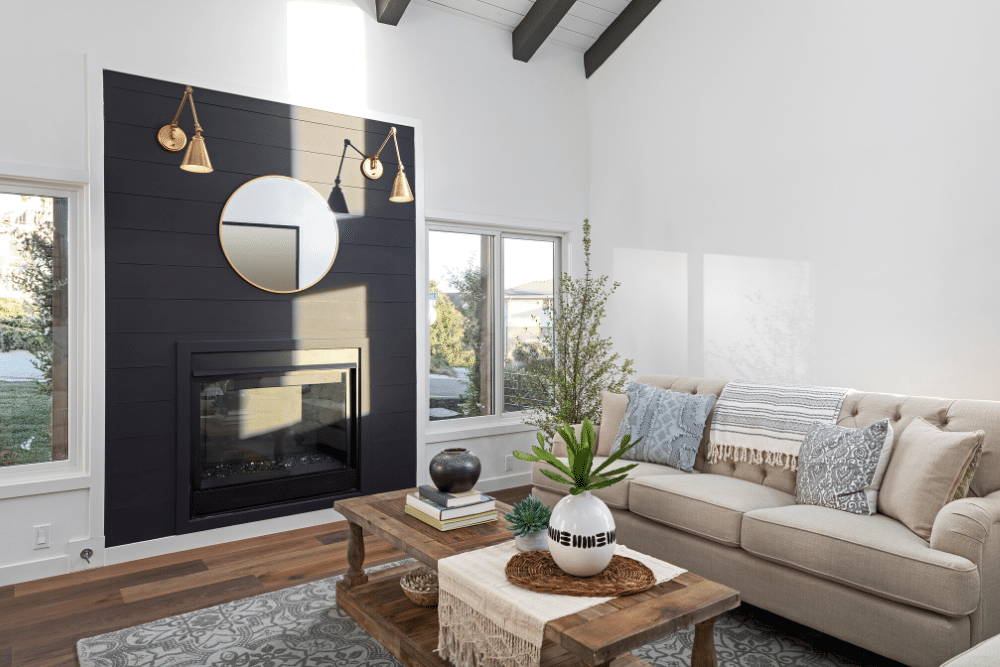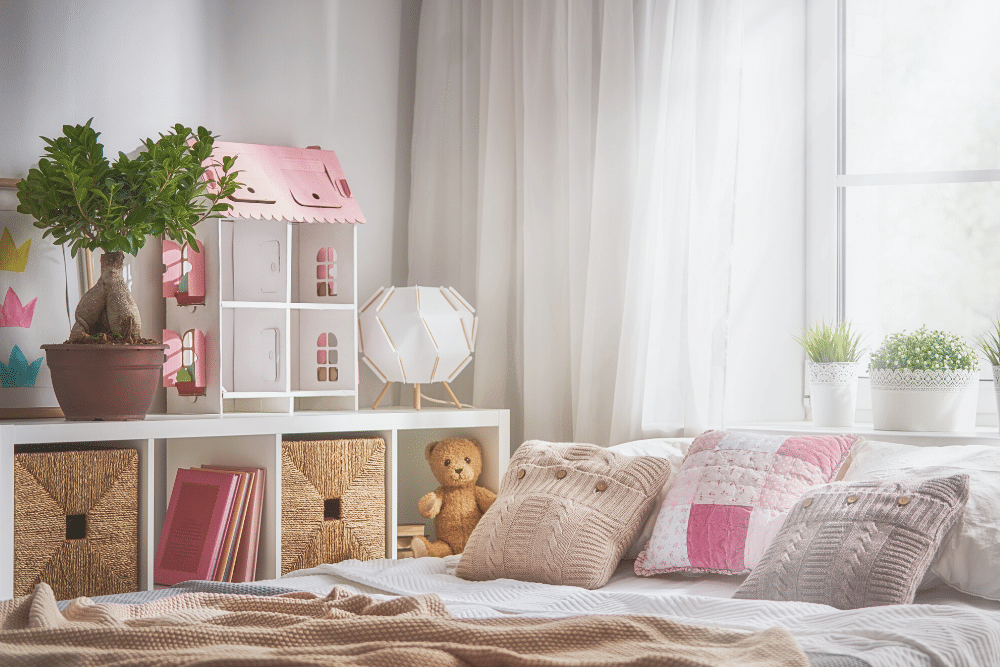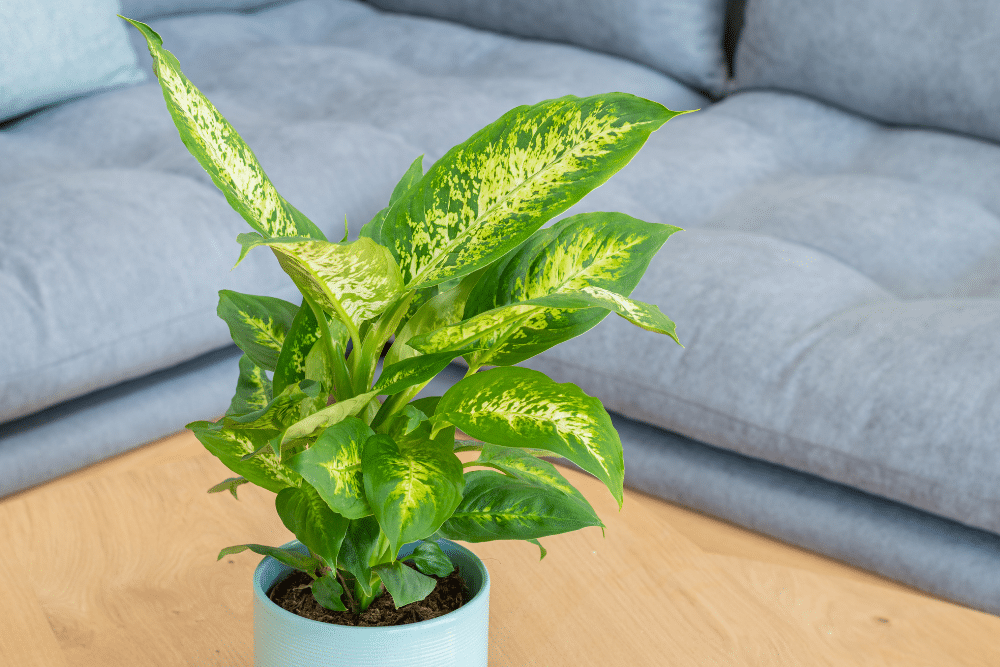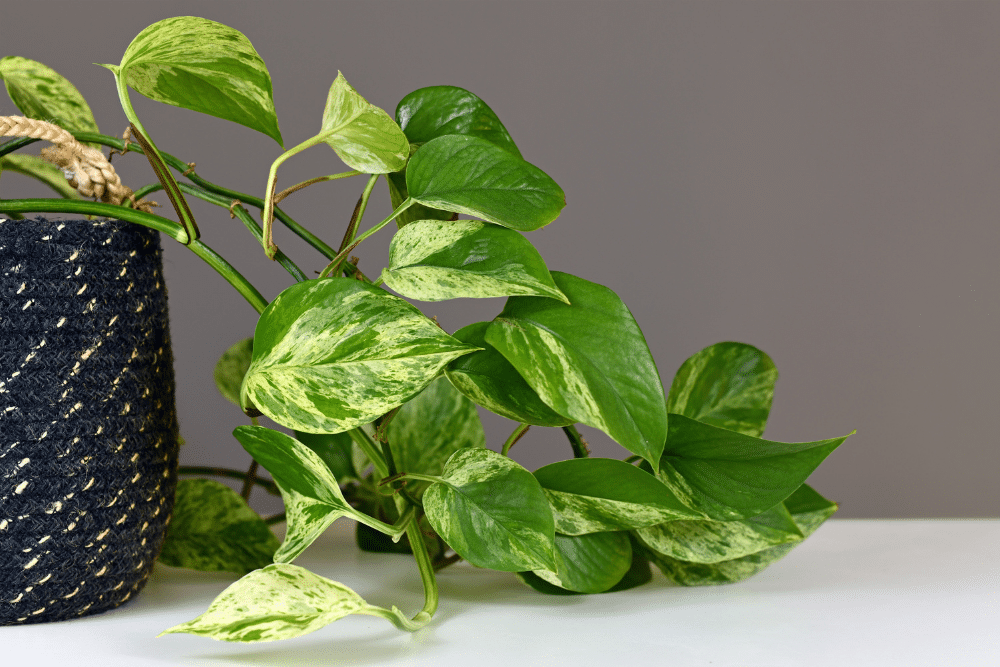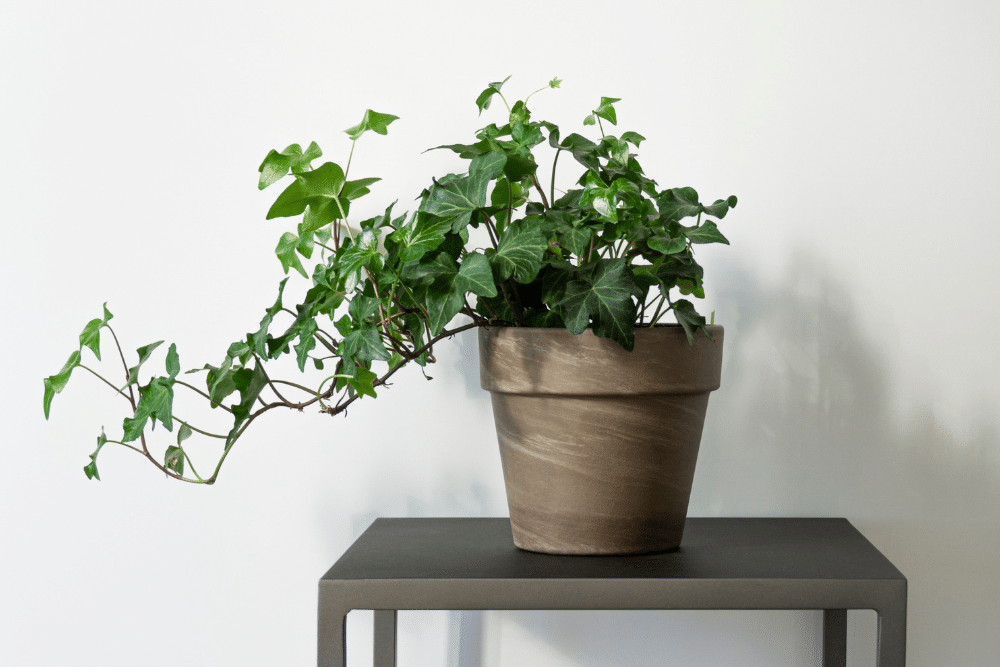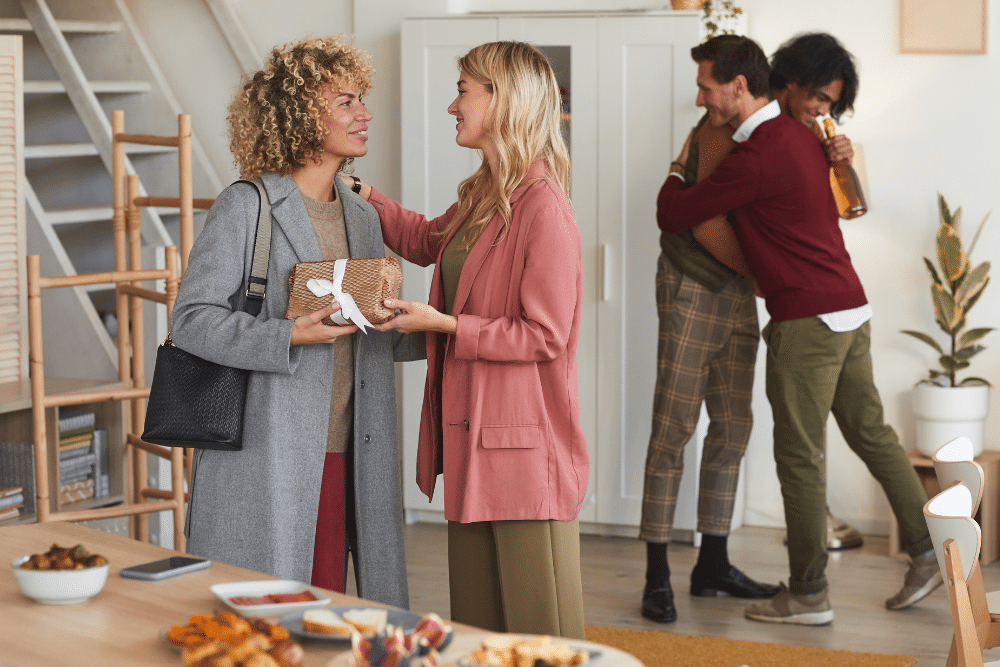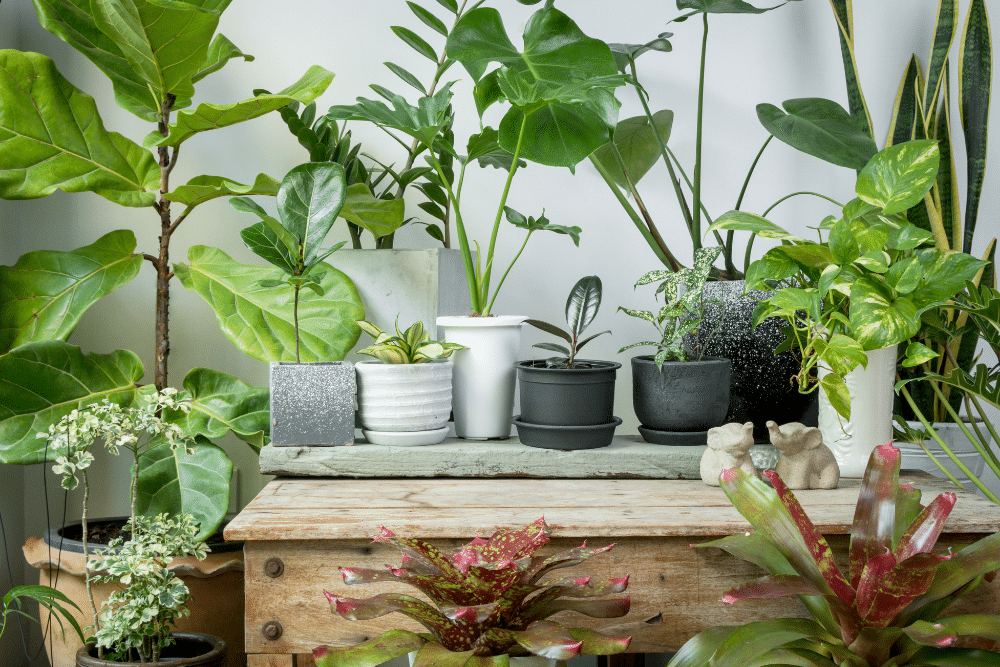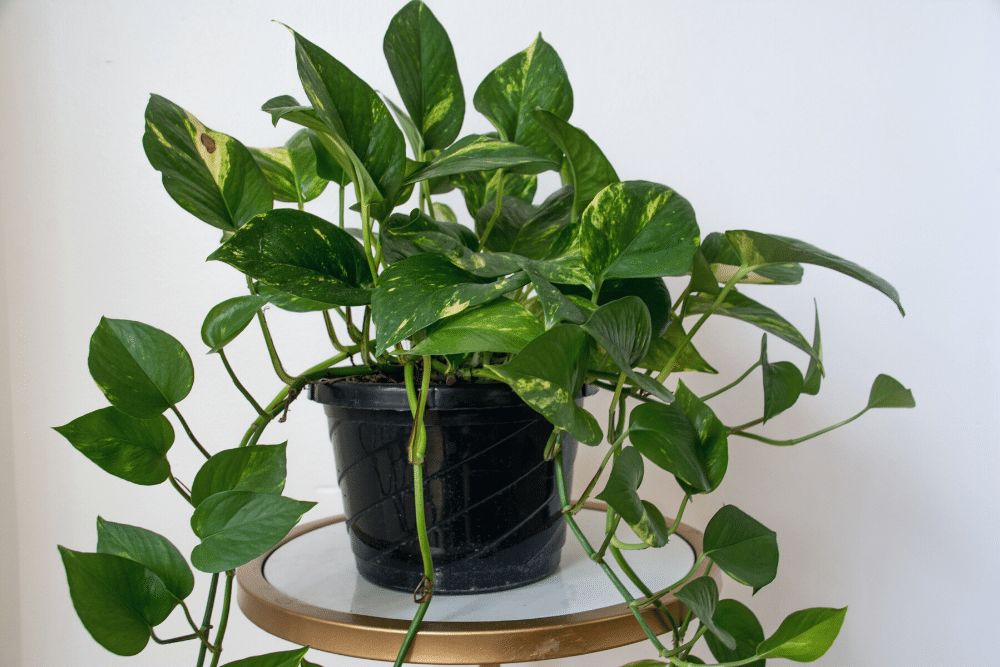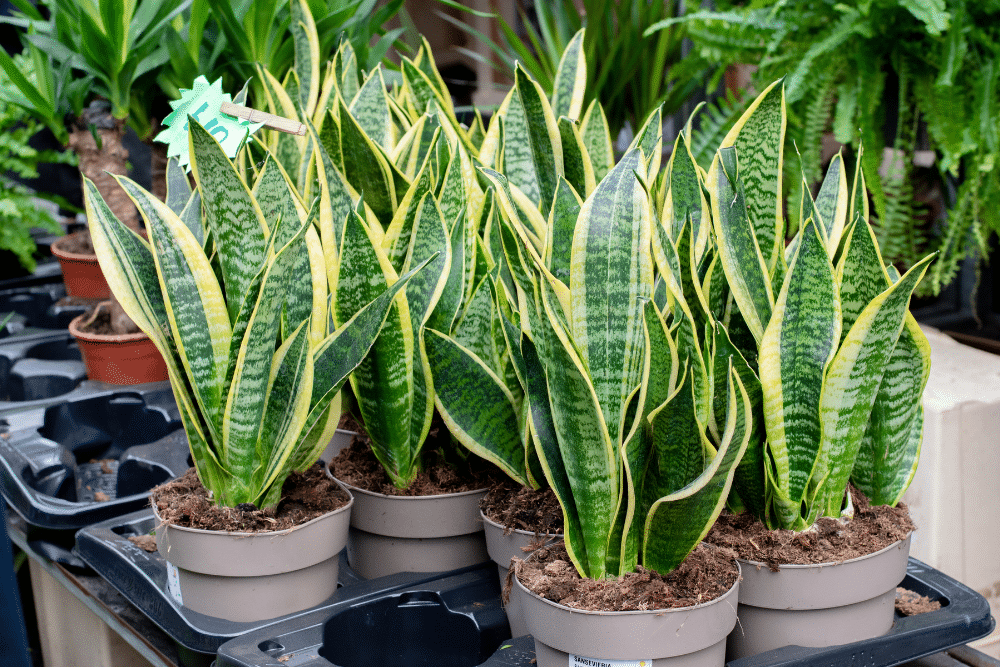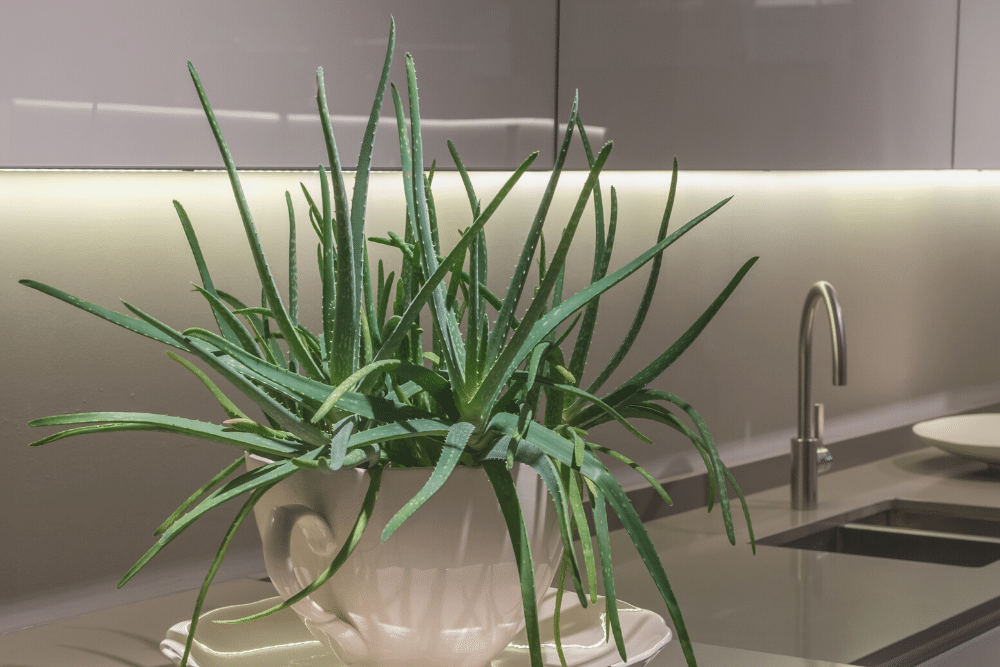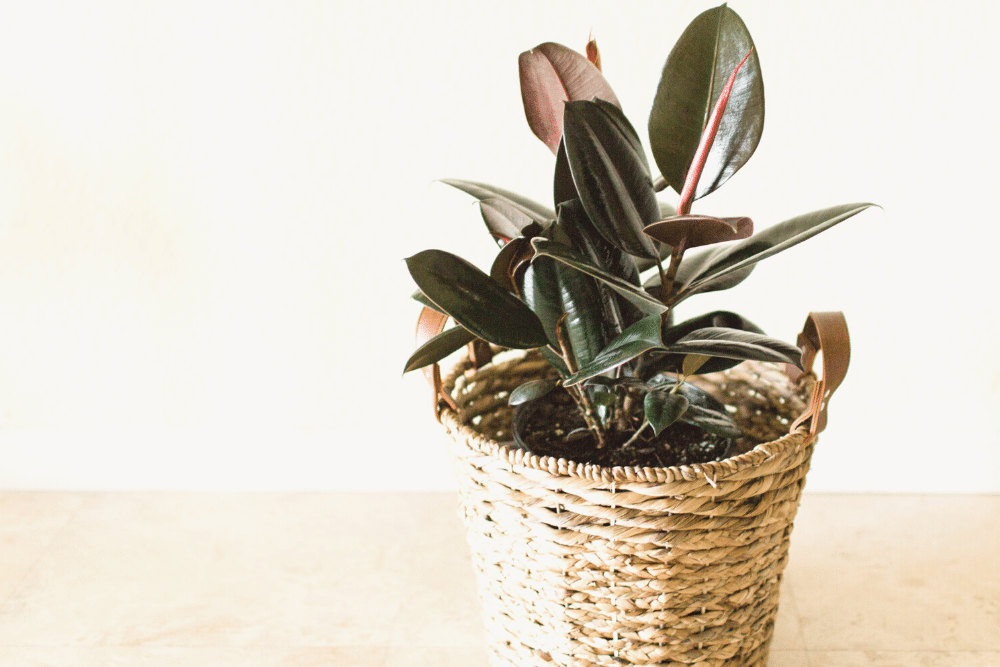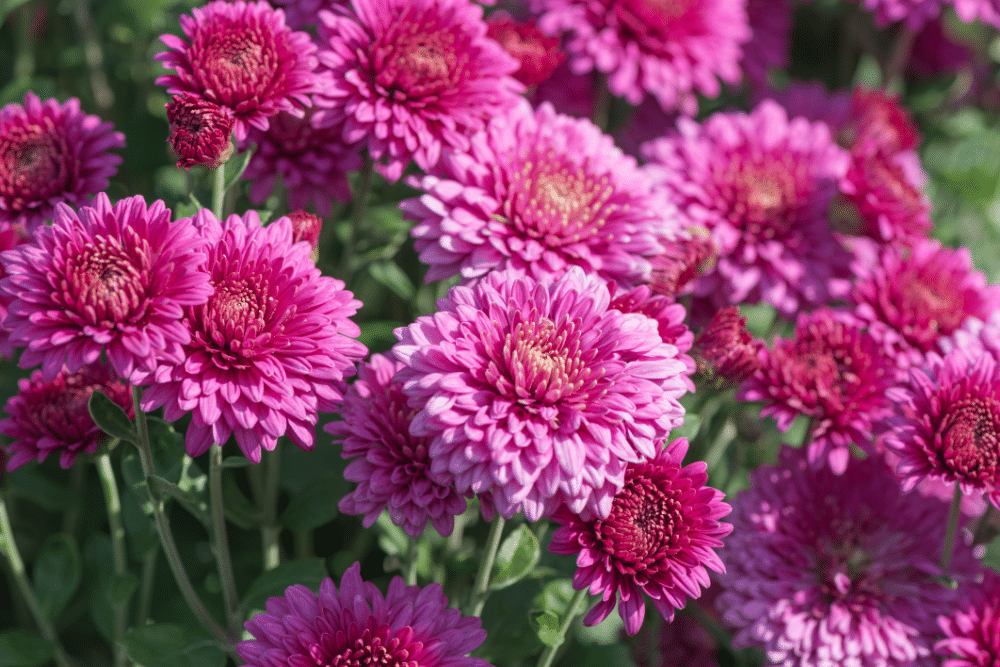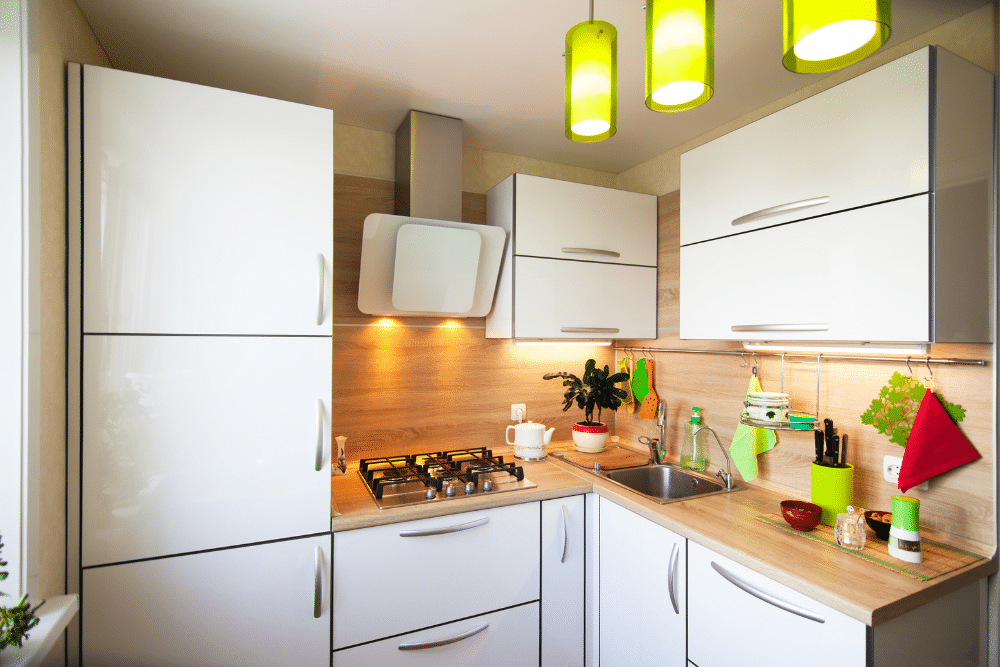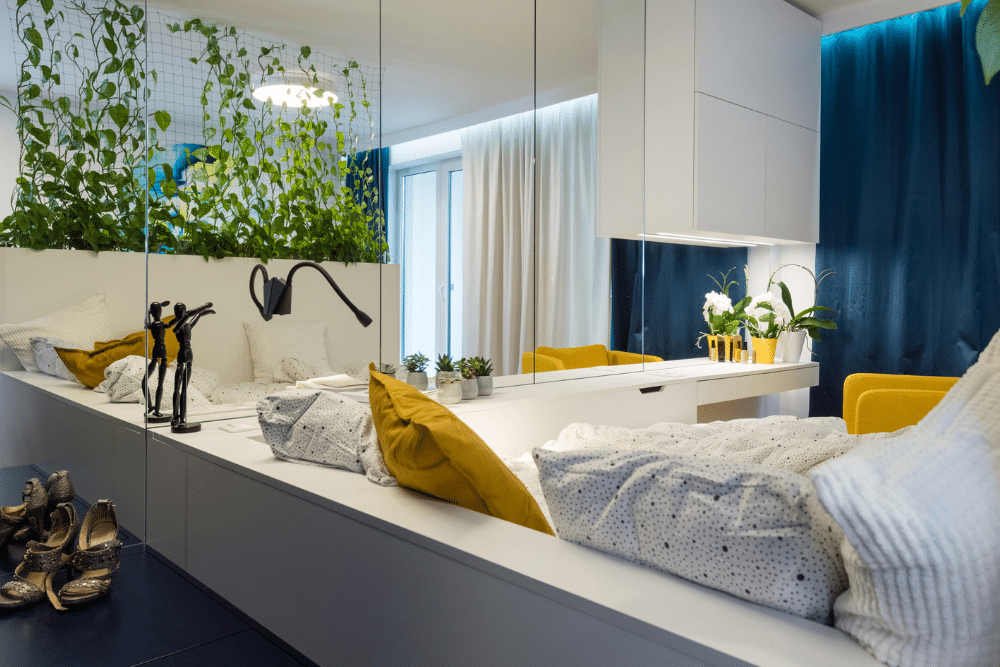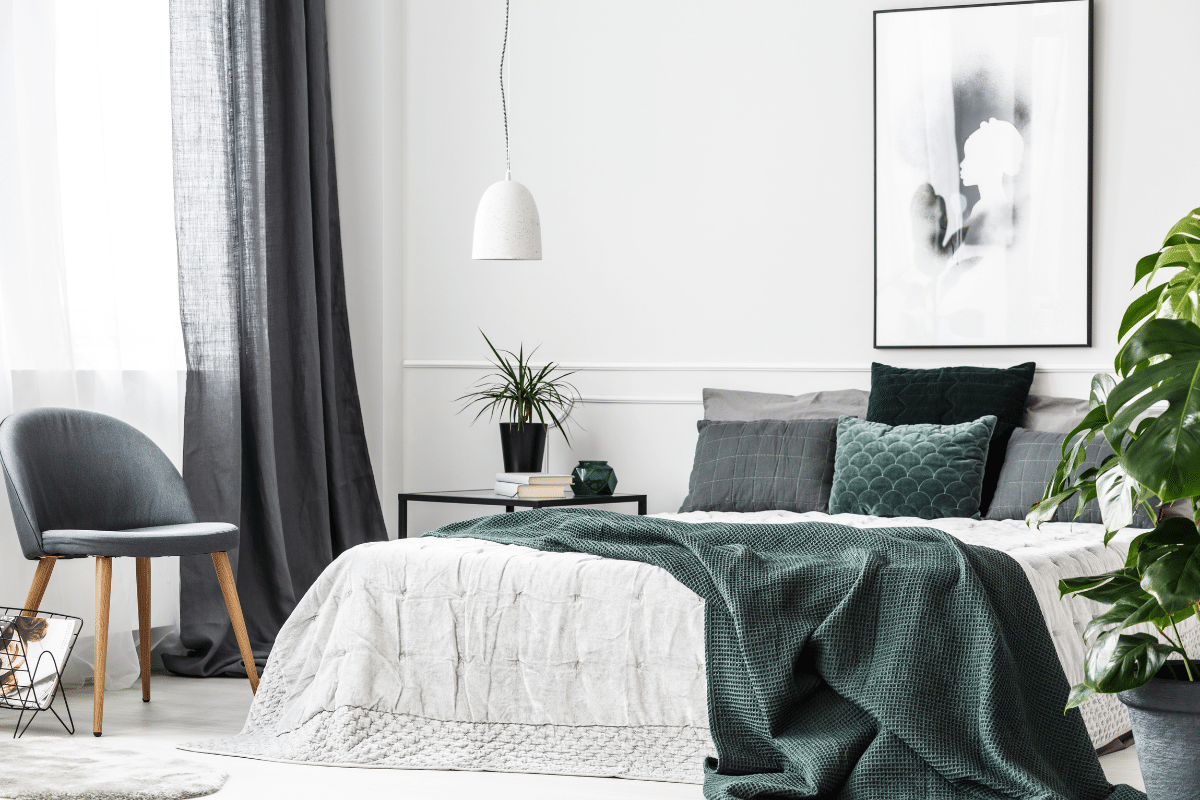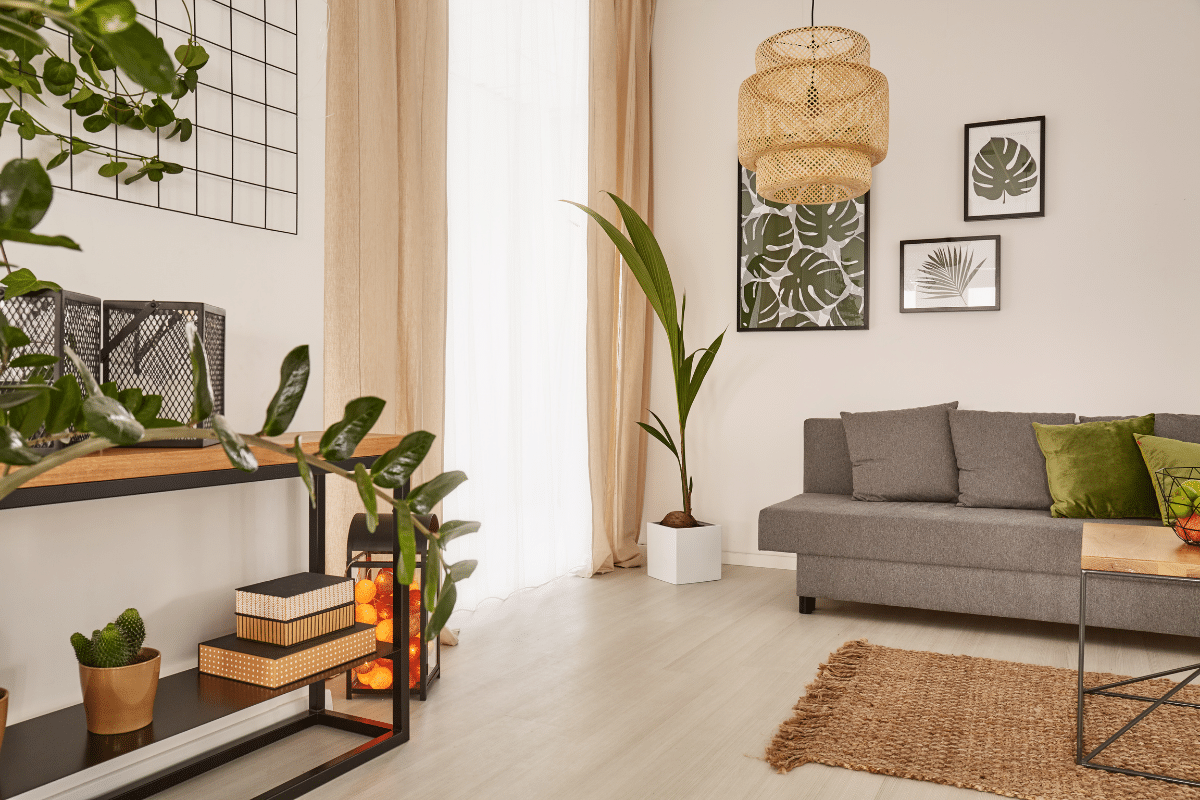Whether you’re moving into an outdated home or just looking to refresh your current space, there are tons of changes you can make to brighten up your favorite rooms and make your home more cozy. Try these 6 simple tips to redesign your home and make it your own!
Paint, Paint, Paint
There’s nothing like a fresh coat of paint to instantly transform any space. And it doesn’t have to be on the walls—painting kitchen cabinets, doors, bathroom tile, or furniture like dressers and sideboards can make a huge difference in the feel of your home. You can even repaint your home’s exterior for a full-on home facelift!
The key with choosing paint colors is to find something cohesive that will blend the rooms of your home together. If you like bold colors, pick a palette of a few favorites that pop in every room. If you’re more neutral, choose a few quiet shades and a subtle accent color to peek throughout your home. You’d be surprised how a crisp white paint can brighten a room or a moody jewel tone can amp up the coziness!
Switch Out Light Fixtures
If your home has any larger fixtures, like chandeliers, vanity lights, or hanging lamps, try switching them out with something new for a fresh, modern vibe. This simple swap is inexpensive, easy, and impactful. Plus, it allows you to infuse your home with some of your personal style and character!
Replace Cabinet Hardware
Old cabinet hardware can instantly date a kitchen or bathroom. But swapping them out with sleeker handles (or going completely hardware-free!) can easily refresh your kitchen or bathroom. Pair new hardware with freshly painted cabinets for a transformative new look!
Get Some New Blinds or Curtains
If you’re stuck with stuffy old curtains or crinkly plastic blinds, it might be time for an upgrade. Install some fresh curtain rods or hooks and buy some light, airy curtains to make your home feel more warm and inviting.
Rethink Your Layout
This life hack costs absolutely nothing, and it’s a fun exercise in creativity! Have you ever thought about changing which room you sleep in? Or moving your couch to a different area of the living room? Even—wait for it!—turning your spare bedroom into a workout space?
There are many ways you can change up your home’s current layout, from swapping rooms to simply shifting around furniture. Without buying a thing, you can create new room combinations that can revive your home.
Recover Your Furniture
OK, this one takes a little sewing know-how, but if you’ve got a knack for DIY projects, it’s a fun one to try! Sewing new covers for old furniture isn’t as complicated as you’d think—really! Just search for a pattern online—and they allow you to completely customize old furniture. Tired of that stained, dirty old tan couch? Liven it up with a fresh fabric cover in your favorite shade.
In Just a Few Days, Your Home Could Feel Totally Different
It doesn’t take much to revitalize an old space. With a few trips to the hardware store, a couple of thoughtful purchases, and a little elbow grease, you can transform your home into a space you adore!

